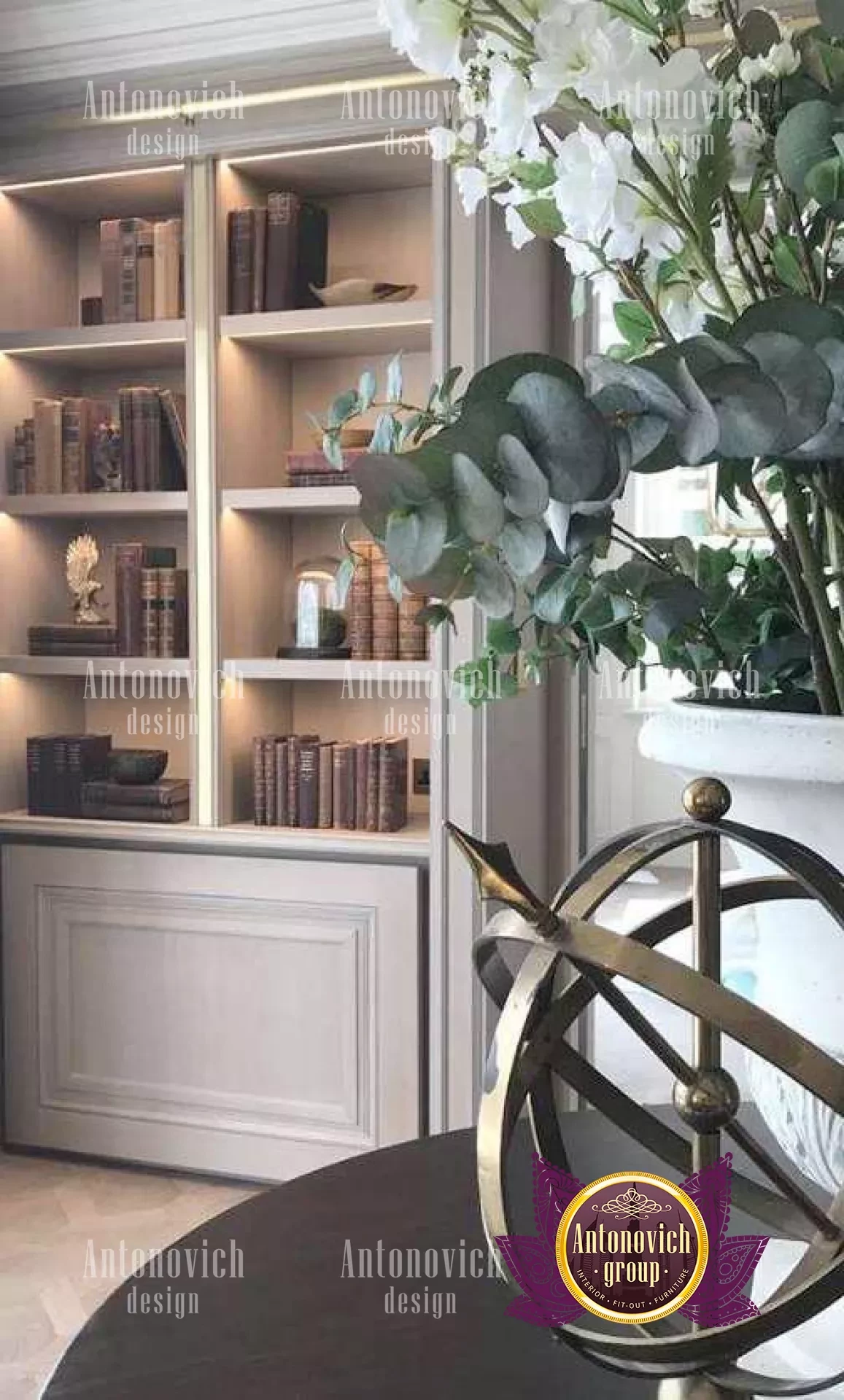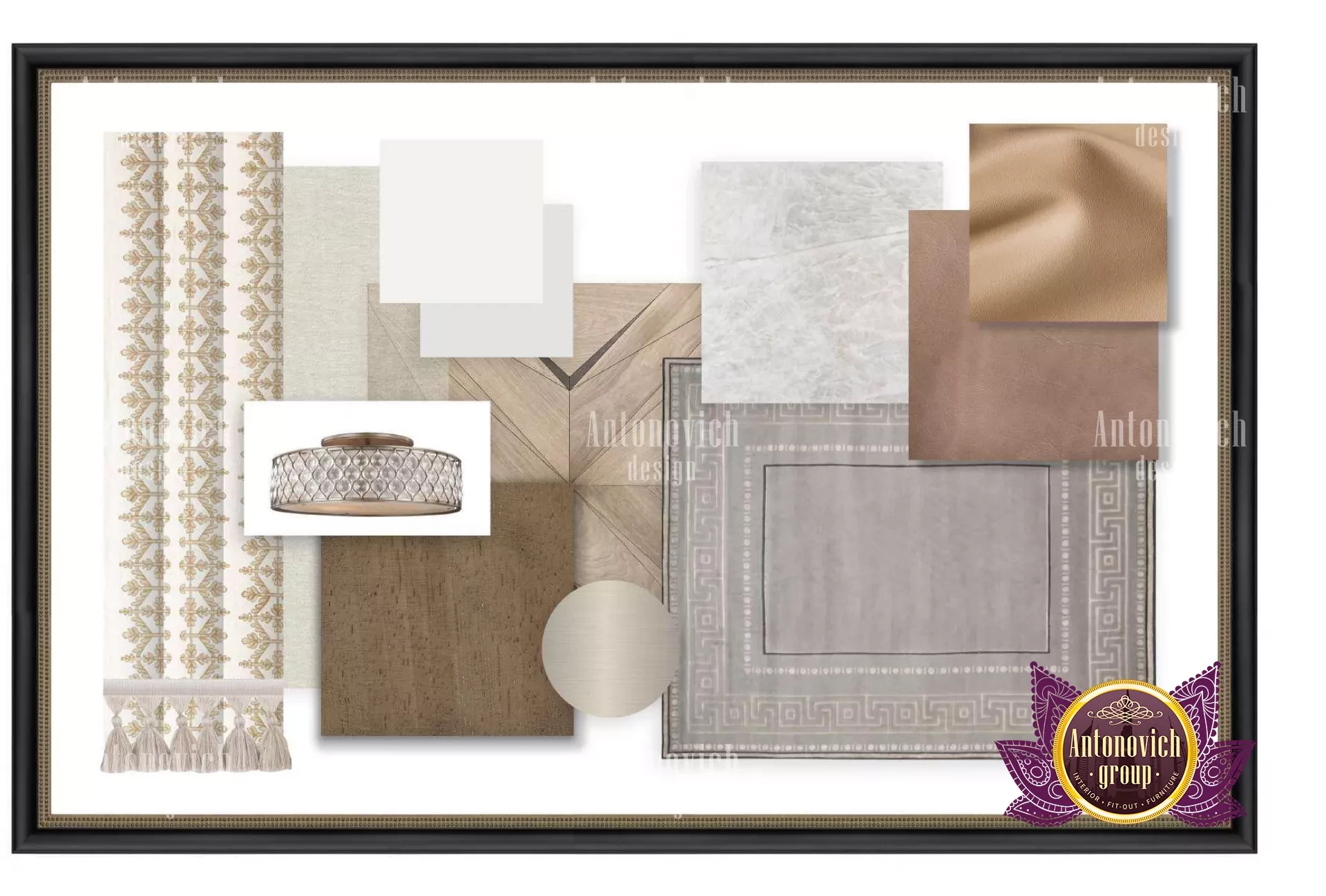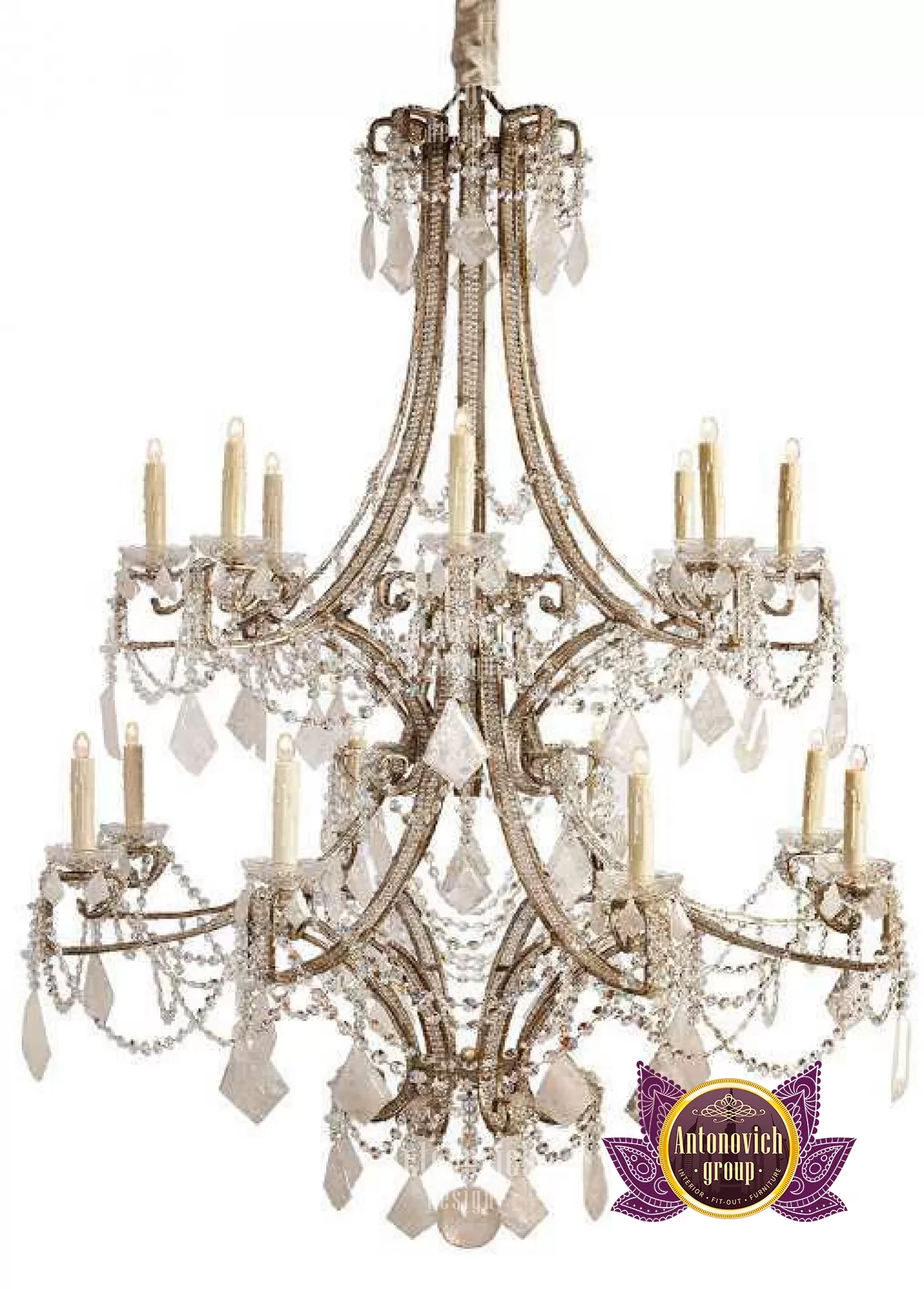HOME LIBRARY DO'S AND DON'TS
The majority of bookworms we know wish they had a place where they could retreat from the outside world with a good book. Home libraries may seem like a thing of the past, but there's no reason why you can't designate a space in your house as one of them. To ensure that your project turns out the way you've always envisioned, all it takes is a little forethought. Since they are such intimate areas, a lot of your design decisions will depend on your own preferences. But regardless of your aesthetic preferences, there are certain suggestions to make sure your home library decor operates at its best. Continue reading to find out how to build your ideal house.

Do an inventory of the books you presently have in your collection, whether you have been collecting books your entire life or are just beginning to develop a home library interior. Decide which books you want to keep, give away, or donate before you begin organizing your collection. Duplicate copies of books and that dull book you didn't enjoy can be donated, but clearly damaged or moldy books should be thrown out. As you continue the arranging process, keep your collection editing in mind. It's acceptable for many bibliophiles to keep books in every area of their homes. Shaner advises maintaining books in the areas where they will be most helpful. Cookbooks should be kept in the pantry or kitchen, beloved books for nighttime reading should be kept in the bedroom, and so on. Craft and hobby books should be kept wherever the activity is done.

The key to a successful home library is appropriate storage. If you enjoy reading a lot, you've probably spent a lot of time keeping your books in less-than-ideal storage situations. It's time to proudly showcase your books now that you've made the decision to construct your very own library. Choosing the ideal place for this project in your house is the first step. Few people have the good fortune to have an entire room to themselves. However, it's far more typical to come up with inventive methods to combine a living area with a home office or a formal dining room.

If necessary, a smaller reading nook can be created in a master bedroom or loft area using previously underutilized space. After you can see how your library will look, it's time to start thinking seriously about storage. The conventional options are built-ins or floor-to-ceiling shelf units. But, homeowners nowadays are using their creativity more. Get some design inspiration to help you come up with some solutions that will fit your particular area.

The second most crucial component of a home library design is appropriate seating after storage. There aren't many hard-and-fast guidelines, but it should be comfortable regardless of whether you have room for a single chair or a large cluster. This is one of the few occasions we'll suggest you skip ultra-modern minimalism in favor of the bigger, plusher items typical of traditional design. After placing your furniture, the following step is to create a functional arrangement.

This seating arrangement in particular needs to seem friendly among all the others in your house. To create a relaxed and welcoming atmosphere in the room, consider placing each piece at a small slant. When there are many sitting options, you should arrange them such that they are slanted toward one another rather than away from it.












